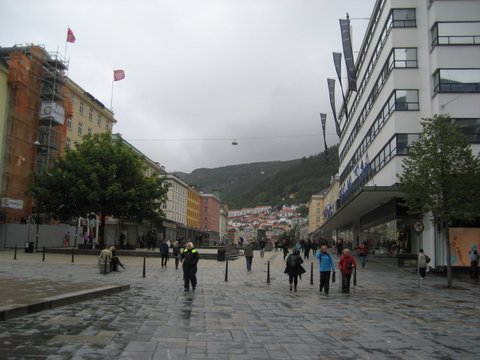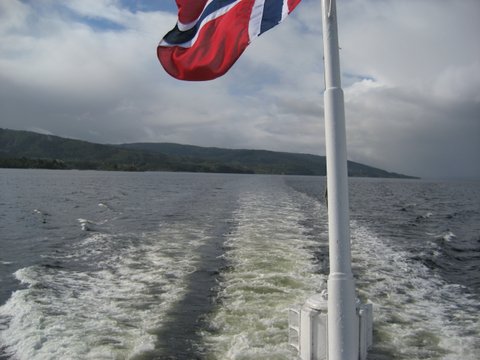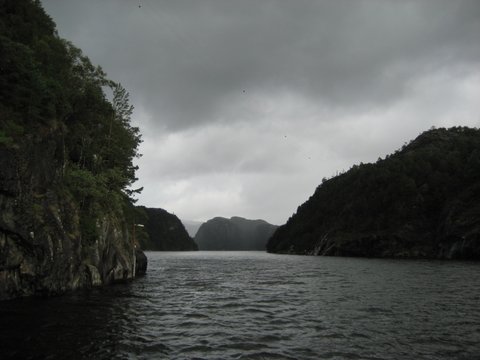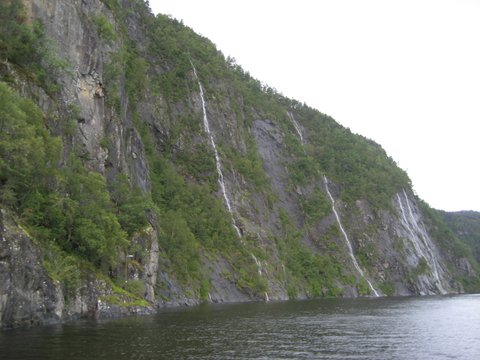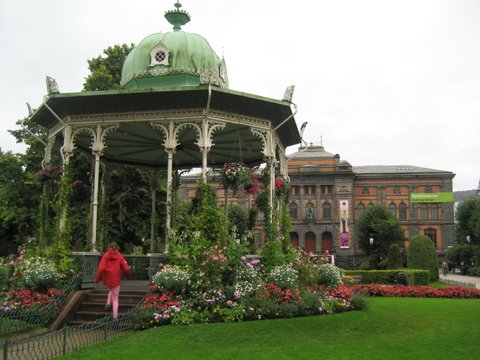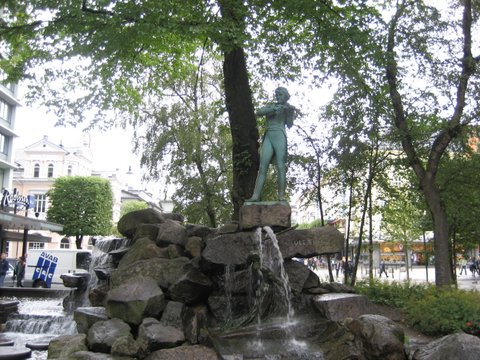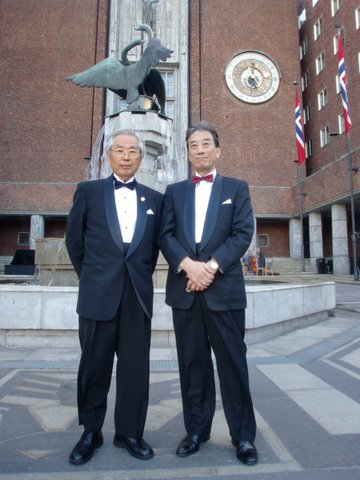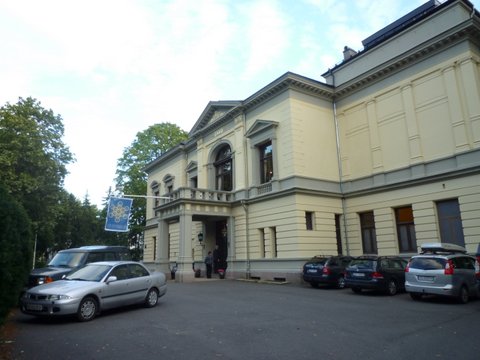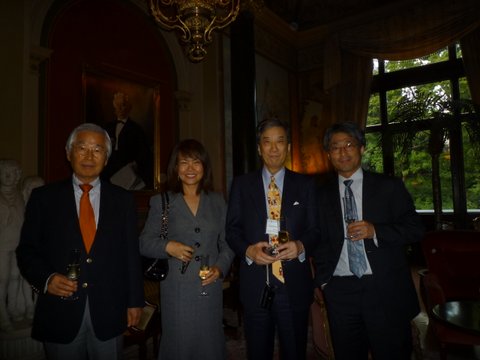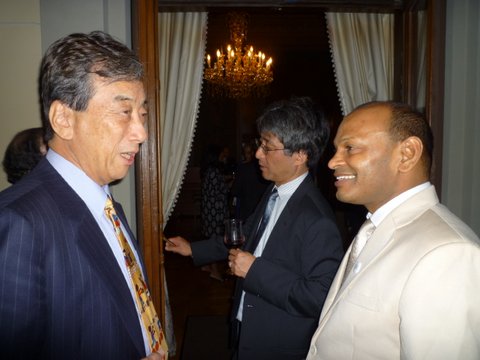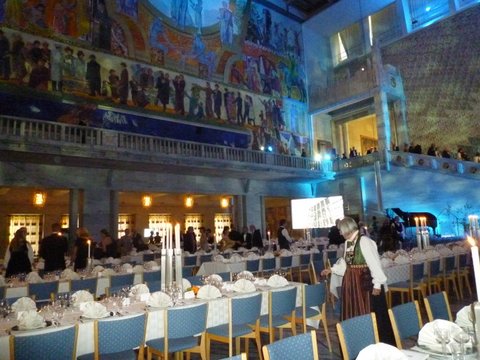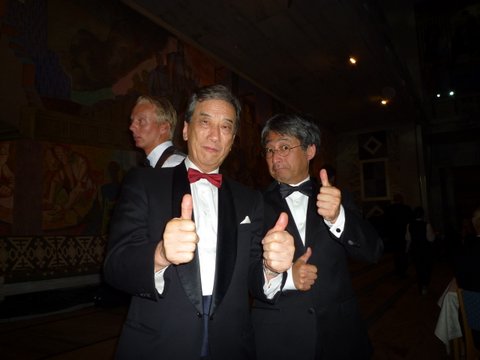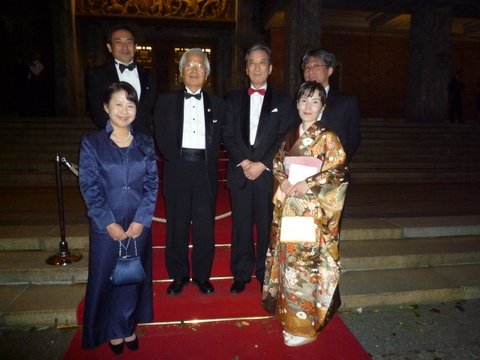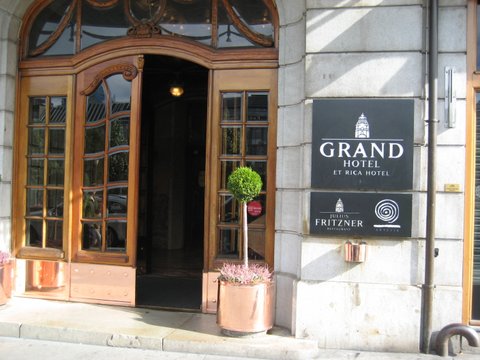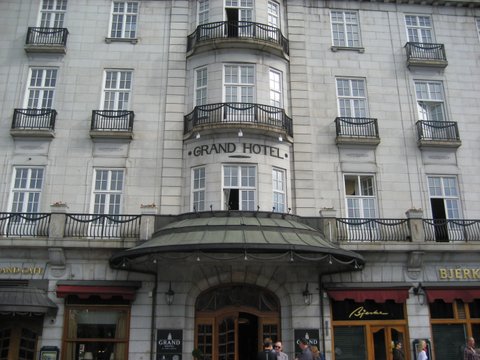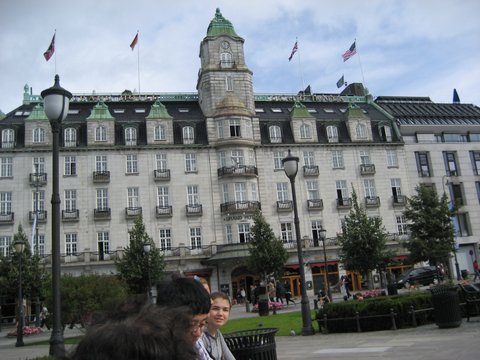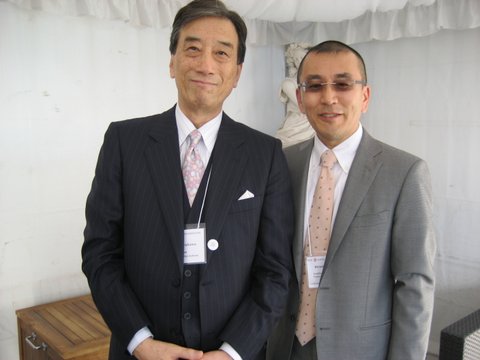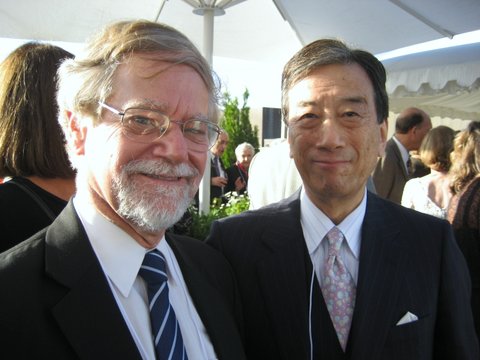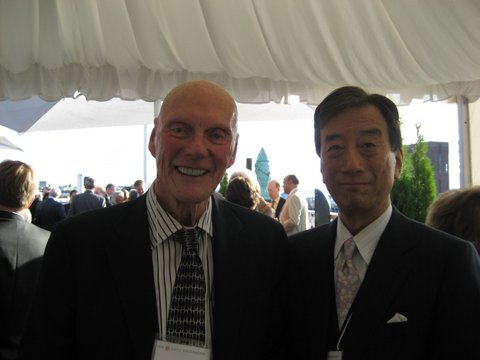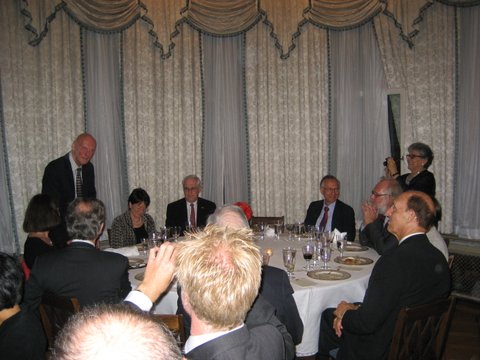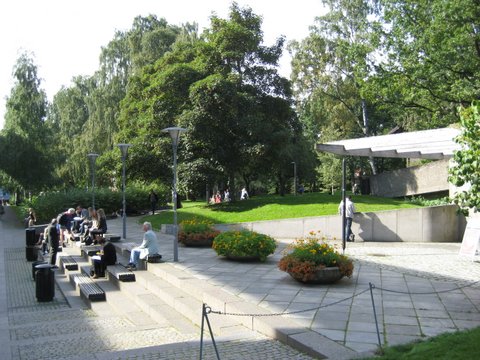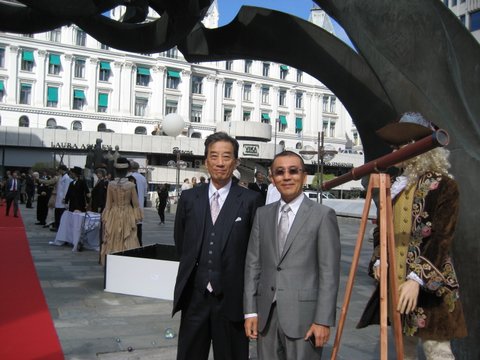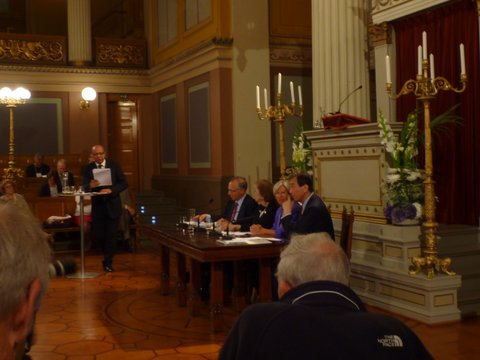→Japanese
A year and a half has passed since 3.11.
The world has seen people who have lost their families and their livelihoods, people who have suffered incredible damages, and the grace of such a people in having quietly helped each other through the sadness without any rioting or upheaval.
After the accident at the Fukushima Nuclear Plant, I believe the world was moved by the dedication and self-sacrifice of the people at the plant, who were called the “Fukushima 50.”
Yet, after a year and a half, has Japan missed its chance to change?
On December 1, just before the National Diet of Japan Fukushima Nuclear Accident Investigation Commission began, I wrote an article with my colleague Hiromi Murakami in the Japan Times, titled, “Fukushima crisis fueling the third opening of Japan.” It was just at the time when the TPP was big news. The title of the entry in my blog is “Let the People Trigger ‘The Third Opening of Japan’ ?The Start of a New Movement.” After 3.11, many young people started becoming active in rebuilding society anew, and this gave me hope that it would be a trigger for the “third opening”of Japan. They are my hope, as the country as a whole is tangled up in the ties with special interest groups, leaving national policies on the TPP and relations with neighboring countries at a standstill, while the world around it proceeds to change.
Much of the world’s trust in Japan was lost after seeing that 3.11 was the terrible product of the leadership of the government-industry-bureaucracy triangle.
The title of the article, “The Third Opening of Japan,”gathered attention and was included in the ebook, Reconstructing 3.11 (amazon) as the essay “History: Japan’s third opening rises from black waters” (by Hiromi Murakami and Kiyoshi Kurokawa).
However, after a year and a half has passed since the disaster, what is being done for the recovery, especially at Fukushima? Has the strong perseverance of the Japanese people been channeled into a large movement? On the contrary, the sight of the people in Iwate and northern areas working silently everyday is heartbreaking, as politicians and the public administration seem to have taken advantage of the prevalent sense of resignation and passiveness. Or perhaps, they view the situation a little too lightly, and this has resulted in the delay of implementing necessary policies.
At this time, a similar opinion appeared in the New York Times. In Japanese the article is called, “Japanese have started to change” but in English the article is titled, “In Fukushima, Surreal Serenity.” The article is by Kumiko Makihara.
The solemn “anti-nuclear protests” which are held every Friday at six p.m. in front of the Prime Minister’s Office are different from the past and they seem to be conducted voluntarily. These expressions of opinions in the face of power may be one visible sign that Japanese are changing.
However, as can be seen by watching the media coverage, the political world still continues its small power games, the direction the country is heading in is unclear and the situation does not appear to be improving. Taking advantage of the government’s lack of power, the public offices of the bureaucracy have made no effort to change anything, silently continuing their “work” (or rather the preservation of vested interests). The status quo’s tremendous resistance is an underlying factor of “Japan which cannot change” and “drifting Japan” in a transforming world.
Why is this so, and what should we do?
The answer may be found at the end of Ms. Makihara’s article: “The challenge this nation now faces is how to nurture healthy skepticism alongside such admirable perseverance.”
